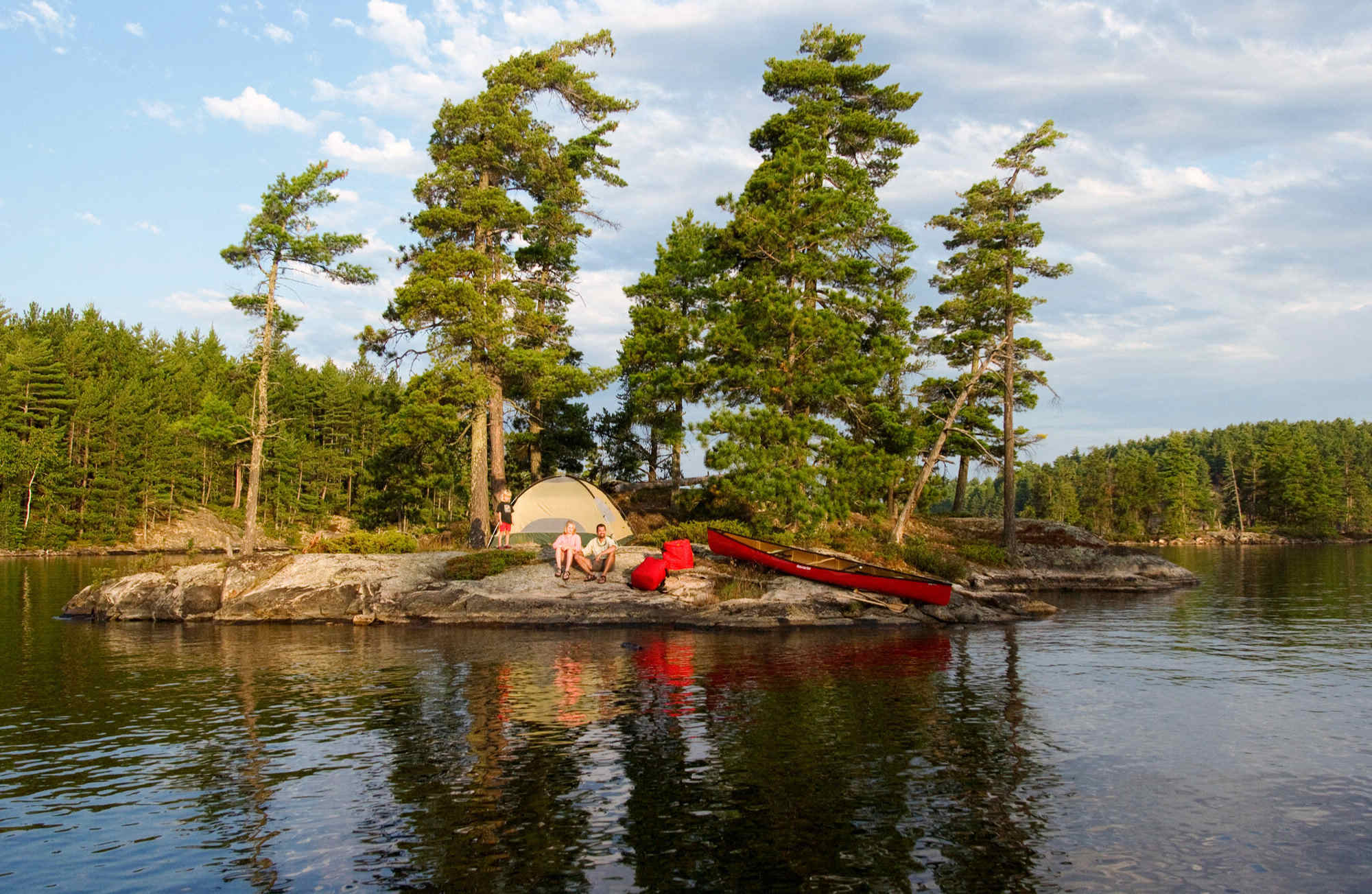Secrets Of Minnesota’s Boundary Waters Trees

Have you ever wondered about the trees in Minnesota's Boundary Waters? This area, known for its stunning lakes and rugged wilderness, also boasts a variety of tree species. From towering pines to sturdy oaks, each tree adds to the unique landscape. These trees not only provide shelter for wildlife but also play a crucial role in the ecosystem. Whether you're hiking, canoeing, or just relaxing, the trees around you have fascinating stories to tell. Let's dive into the secrets of these incredible trees and learn what makes them so special in this beautiful part of the world.
Discovering the Boundary Waters
Minnesota's Boundary Waters Canoe Area Wilderness (BWCAW) is a vast, pristine wilderness teeming with natural beauty. One of its most captivating features is the diverse array of trees that call this area home. Let's explore some of the most remarkable trees you can find in this enchanting landscape.
Majestic Pines
The Boundary Waters is renowned for its towering pines. These trees have stood the test of time, providing shelter and beauty to the wilderness.
- White Pine: Known as the "Tree of Peace," white pines can reach heights of over 100 feet. Their long, soft needles and tall, straight trunks make them a sight to behold.
- Red Pine: Also called Norway pine, these trees have reddish-brown bark and can live up to 500 years. They are often found in sandy, well-drained soils.
- Jack Pine: With their twisted trunks and short needles, jack pines are hardy trees that thrive in poor, rocky soils. They play a crucial role in the ecosystem by providing habitat for wildlife.
Sturdy Hardwoods
Hardwood trees add a different kind of beauty to the Boundary Waters. Their broad leaves and sturdy trunks create a lush, green canopy.
- Sugar Maple: Famous for their vibrant fall colors, sugar maples have smooth, gray bark and produce sweet sap used to make maple syrup.
- Red Oak: These trees have distinctive lobed leaves and produce acorns that are a vital food source for many animals. Their wood is strong and often used in furniture making.
- Paper Birch: Recognizable by their white, peeling bark, paper birches are often found near water. They provide food and shelter for various wildlife species.
Unique Species
The Boundary Waters is also home to some unique tree species that add to the area's biodiversity.
- Tamarack: Unlike most conifers, tamaracks lose their needles in the fall. They thrive in wet, swampy areas and turn a brilliant golden color before shedding their needles.
- Black Spruce: These trees are adapted to cold, boggy environments. Their dark, dense foliage and slender trunks make them stand out in the landscape.
- Northern White Cedar: Known for their aromatic wood and fan-shaped foliage, these trees are often found in wet, swampy areas. They provide essential habitat for many bird species.
The Role of Trees in the Ecosystem
Trees in the Boundary Waters play a crucial role in maintaining the health of the ecosystem. They provide habitat for wildlife, help regulate the climate, and contribute to the area's natural beauty.
- Aspen: These fast-growing trees are often among the first to colonize disturbed areas. Their leaves tremble in the wind, creating a soothing rustling sound.
- Balsam Fir: With their fragrant needles and conical shape, balsam firs are a common sight in the Boundary Waters. They provide cover for wildlife and are often used as Christmas trees.
- Eastern Hemlock: These shade-tolerant trees have soft, feathery needles and can live for hundreds of years. They play a vital role in maintaining the forest's microclimate.
Exploring the trees of Minnesota's Boundary Waters offers a glimpse into the rich biodiversity and natural beauty of this unique wilderness. Each tree species contributes to the area's ecological balance, making it a truly special place to visit.
Embracing the Beauty of Boundary Waters Trees
Minnesota's Boundary Waters offer a unique experience for nature lovers. The diverse tree species found here, from towering pines to resilient birches, create a stunning landscape. Each tree tells a story of survival and adaptation in a challenging environment. Exploring these woods provides not just a visual treat but also a deeper connection to nature.
Whether you're hiking, canoeing, or simply relaxing, the trees of the Boundary Waters enhance every moment. Their presence reminds us of the importance of preserving such natural treasures. Next time you visit, take a moment to appreciate the majestic trees around you. They are more than just part of the scenery; they are a vital part of the ecosystem. Embrace the beauty and serenity they offer, and let them inspire you to protect and cherish our natural world.

